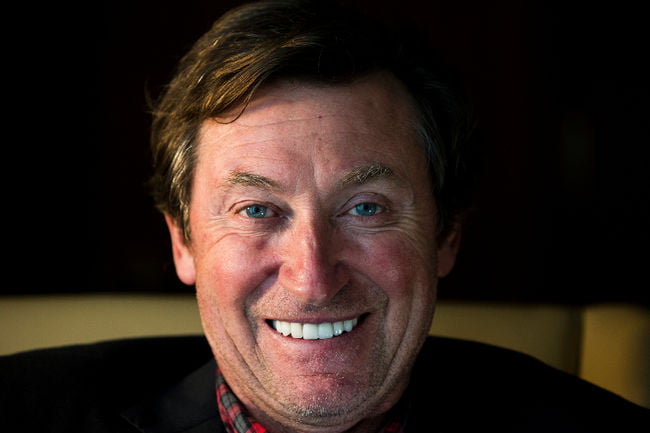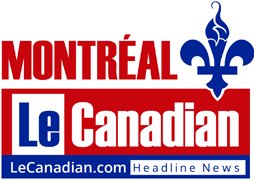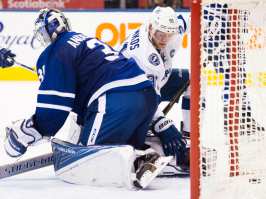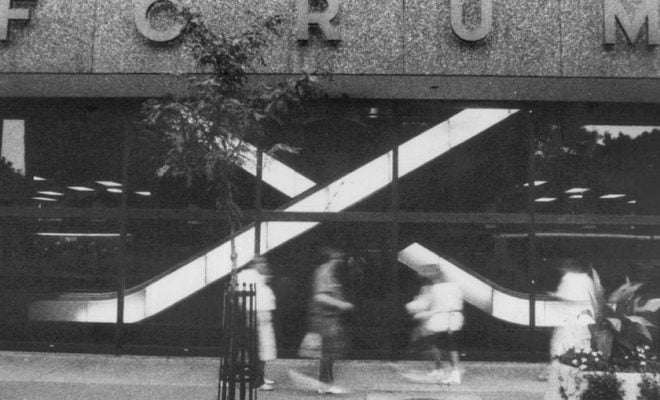The Trade, Ambassadors, Disney: Wayne Gretzky on growth of Sun Belt Hockey

TORONTO — In his role as the official ambassador for the NHL’s Centennial Season, Wayne Gretzky sat down for a one-on-one with Postmedia to discuss all things hockey. In the final part of a four-part series entitled THE GREAT ONE & THE STATE OF THE GAME, Gretzky discusses how his trade from the Oilers to the Kings helped promote the sport in the Sun Belt — and how those markets embracing the game bodes well for the sport’s future.
Puck fever in the land of palm trees.
Cross checks in the land of cacti.
Like it or not, the spread of the National Hockey League into the Sun Belt has injected some much-needed growth into the sport, a trend that bodes oh-so-well for the future.
The impact of the NHL successfully spreading its wings into non-traditional markets can now be felt at the grassroots levels in those communities, setting the stage for a first-overall draft pick to hail from Arizona as opposed to Alberta or another traditional breeding ground.
There is a common belief that it was the Edmonton Oilers’ trading of Wayne Gretzky to the Los Angeles Kings on Aug. 9, 1988, that suddenly turned the NHL from a regional niche league in L.A. into a tangible sport that adults wanted to watch and kids desired to play. Even though the Kings had been around for two decades at that time, Gretzky’s presence on the Left Coast suddenly had stars like Cuba Gooding Jr. and Sylvester Stallone turning out regularly at the Great Western Forum.
And, hey, if it was good enough for Rocky Balboa, it had to be hip, right?
Twenty-eight years after Gretzky first left his footprint in the Sun Belt, we saw an uber-skilled Phoenix-area player in Auston Matthews taken No. 1 this past June. Matthews wasn’t a transplanted kid from up north either — a Coyotes fan as a boy, he learned to both love and play the game under the beating Arizona sun.
“I have to admit, I feel really good when I see a young guy like Auston Matthews have success having grown up in a market like that,” Gretzky said. “I feel great when I hear there’s a young guy from L.A. playing in the National Hockey League, I think that’s wonderful.
“But, these things didn’t happen just because of Wayne Gretzky. There are a lot of us who share in taking part of it and being responsible.”
Gretzky admits he had this same conversation with commissioner Gary Bettman just a week ago. The subject: the deal that sent Gretzky, Marty McSorley and Mike Krushelnyski to the Kings in exchange for Jimmy Carson, Martin Gelinas and first-round draft picks in 1989, 1991 and 1993 along with $15 million; and how it boosted the NHL’s image in both the south and the west.
“Like I told the commissioner, first and foremost, I didn’t go to make hockey bigger out there, I went there to win a Stanley Cup,” Gretzky recalled this week. “Unfortunately I got really close and we lost in the final to a better team (the 1993 Montreal Canadiens).
“But along the way, along the ride, came this possibility of expanding our sport in youth hockey and in high school hockey in California. And I got so fortunate that when I got to L.A. I had guys like Kelly Hrudey and Marty McSorley and Tony Granato and Luc Robitaille and and Bernie Nicholls. And they understood that it was more than just playing in the National Hockey League. We had to go into the communities and get youth hockey going and get high school hockey going. And everybody accepted that responsibility.”
According to Gretzky, the growth of the game at that time was felt in many different places other than California thanks to star players not named Wayne Gretzky.
“About that same time, the guy who saved hockey in St. Louis, Brett Hull, went to St. Louis. You had Steve Yzerman in Detroit at that time. You had Mario Lemieux saving hockey in Pittsburgh. And Mark Messier went to New York. All those guys were not only great players and superstars, they were important to the game because they understood their wherewithal in the league. They were more than just players. And they understood their responsibility. And so, between us all, it all kind of flooded the market in that era of 1989-96.”
But the explosion of the game’s popularity at that time didn’t just come from those elite performers on the ice. Indeed, it took a bigwig from the Disney Corporation — yes, the same outfit that gave the world Donald Duck and Goofy — to push the sport to the next level.
“Along the way, this guy out of nowhere said ‘I’m going to do a hockey movie called the Mighty Ducks,’” Gretzky said. “His name was Michael Eisner and he used to come to every Kings game and watch us play because his son loved hockey and wanted to play. And he said, ‘I’m going to have a hockey team called the Mighty Ducks.’ And once he jumped on board with the Anaheim Ducks and they jumped on board doing what they were doing in the community, the Kings and Ducks collectively were having an impact. And then, all of a sudden, San Jose jumped in.
“So, timing is everything.”
Now, there are two teams in Florida, three in California, one each in Texas, Arizona, North Carolina and Tennessee. And, next season, Nevada.
You have kids nowadays actually playing the sport there, too, resulting in the likes of Matthews and Philadelphia Flyers defenceman Shayne Gostisbehere, who grew up in Florida.
“We were all part of making this happen,” Gretzky said. “Was it singlehandedly because of me? Absolutely not. But I feel really good when I see these talented players coming out of places like that.”
It’s a trend that Gretzky predicts will increase.
Just like, in his mind, the popularity and growth of the sport.








